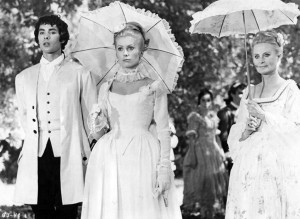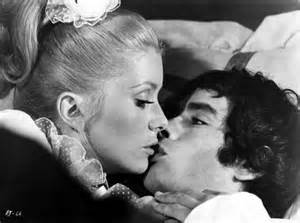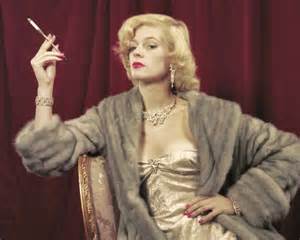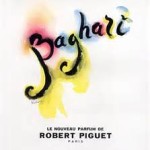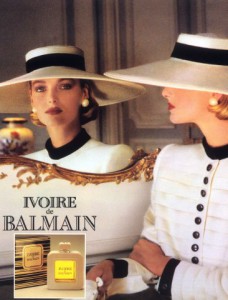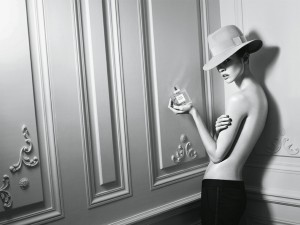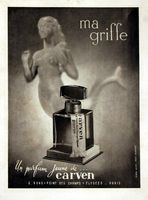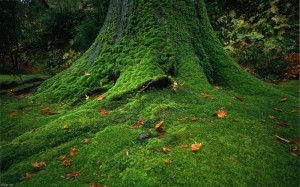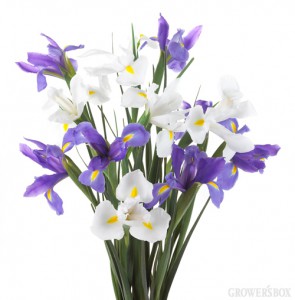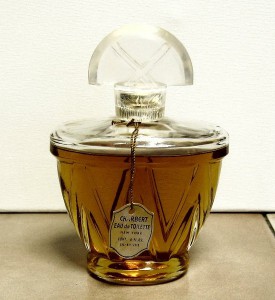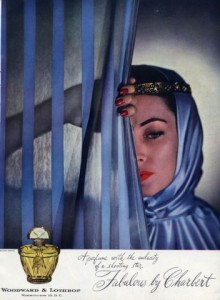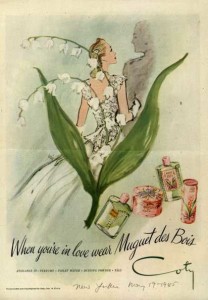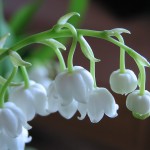Nina Ricci – Farouche
The Nina Ricci fragrance line is one that I did not traditionally have much exposure to growing up, as none of the women in my family wore it. I did have a distant aunt who sometimes wore L’Air du Temps, but we’ll save that for another post. No wonder then that the house’s 1973 release Farouche failed to catch my attention until now (there were after all plenty of other fragrances to keep me busy).
I recently purchased an assortment of vintage perfume minis, and one fragrance included in the assortment was Nina Ricci’s Farouche in the Eau de Toilette concentration. While I have a decent knowledge of French, I will admit that I was not familiar with the word “Farouche”. Interestingly, I did not look it up until after I had tested the fragrance several times, fearing it might skew my impression. In that vein, I will keep its meaning silent until the end of the post.
Farouche opens with some fizzy aldehydes adding lift to a soft orange and galbanum melange. While galbanum fragrances generally make weak in the knees, Farouche comes on like a whisper. The heart unfolds to a gentle floral bouquet of jasmine, lily-of-the-valley and geranium, to which iris lends a hint of powder, While carnation and clary sage add a bit of a twist, Farouche’s overall character remains moderate. The fragrance wafts up again after a about an hour or so, revealing a mossy, vetiver base, reminiscent of classics such as Ma Griffe, but executed with a subtle hand.
In fact, my main issue with Farouche was its faint presence, which made an otherwise lovely fragrance with all of the hallmarks of a classic, slightly forgettable in the face of other mossy, green giants. That being said, this lightness of character would make it a perfect scent for someone just starting to explore the genre, as it touches on all of the aspects of a mossy green floral. I can only imagine how lovely the parfum concentration must be, though I have heard that is subtle as well. The Eau de Toilette bottle is lovely, with its slender neck is reminiscent of a swan, while the flacon for the parfum (reportedly made by Lalique) resembles a heart.
And in case you are still wondering (and have not searched for it yourself), Farouche translates as shy. Perfect.
Floral Aldehyde
Notes: Aldehydes, Mandarin, Bergamot, Galbanum, Peach, Honeysuckle, Carnation, Iris, Lily, Clary Sage, Jasmine, Lily-of-the-Valley, Rose, Geranium, Cardamom, Sandalwood, Amber, Musk, Oakmoss, Vetiver.


